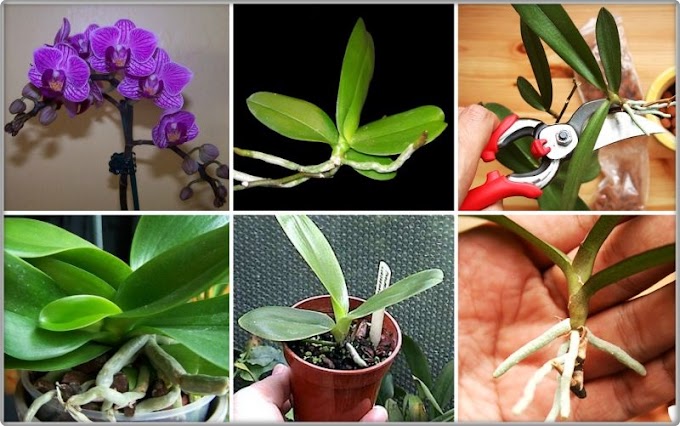Aloe petricola is a stemless, solitary or sparsely-clustering Aloe that grows up to 2 feet (60 cm) and up 3 feet (90 cm) wide, with broad-based, narrow-tipped, long, blue-gray leaves that curve up and then inwards, giving the plant a ball-like, rounded form.
The leaves have occasional very small teeth on the upper leaf surface with usually more on the lower and sharp brown teeth along the margins. In mid to late winter appear the distinctly bicolored flowers, which are reddish orange in bud, opening to cream to pale yellow with faint green striped petals and dark brownish anthers, all densely stacked on the stems and opening from bottom to the top.
On younger plants the flowers are on a tall simple unbranched inflorescence but are typically on multiple-branched inflorescences on older plants.
Scientific Name
Aloe petricola Pole-Evans
Common Names
Stone Aloe, Rock Aloe
Scientific Classification
Family: Xanthorrhoeaceae
Subfamily: Asphodeloideae
Genus: Aloe
Subfamily: Asphodeloideae
Genus: Aloe
Hardiness
USDA hardiness zone 9b to 11b: from 25 °F (−3.9 °C) to 50 °F (+10 °C).
How to Grow and Care
Aloe is a very forgiving plant, and a well-grown plant can be quite beautiful. As with all succulents, it’s essential that Aloe is never allowed to sit in stagnant water, and the plant should be carefully monitored to watch for signs of overwatering.
Water generously in the summer and nearly cease watering in the winter. Do not let water stand in the rosettes.
Aloe are not particularly fast-growing and will only rarely need repotting. Repot plants in the spring that are tipping over their pots or have ceased growing. Use a fast-draining potting mix with one-third sand or pebbles.
During repotting of a larger plant, it is possible to carefully divide the root ball. Some kinds of Aloe will send off off-sets that can be potted independently.




